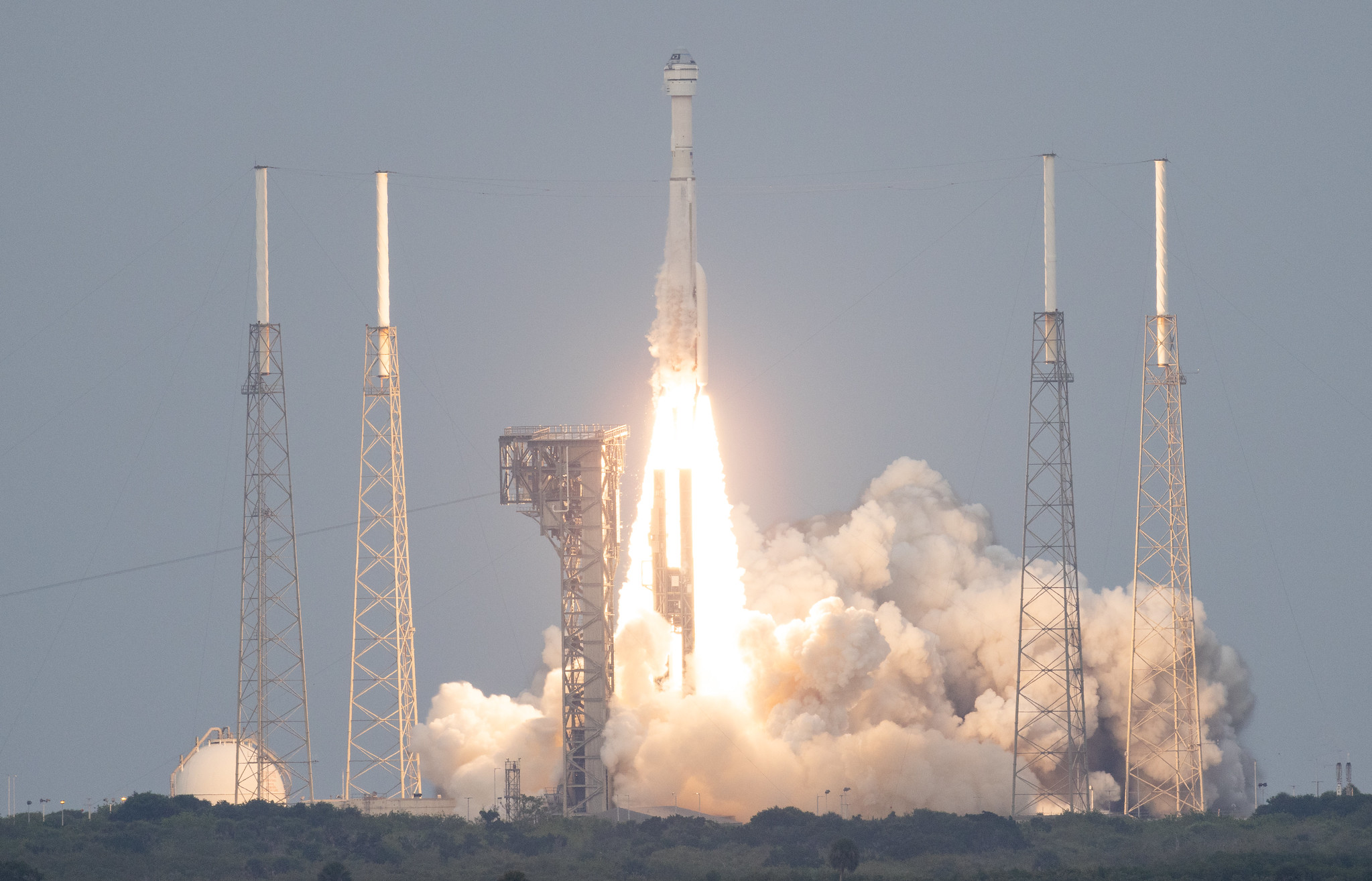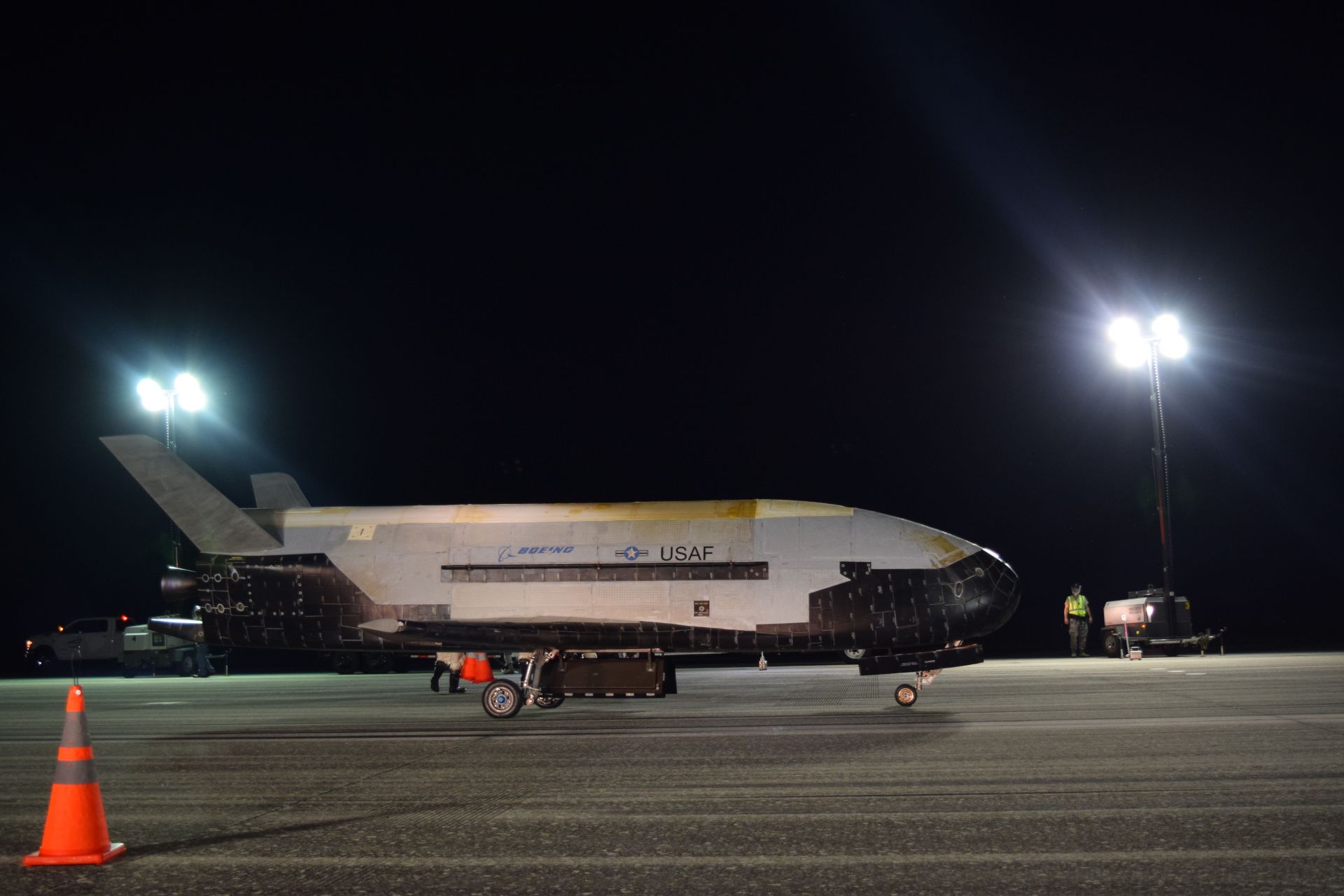Boeing Launch Details

Boeing launch today – Today, Boeing successfully launched its latest spacecraft, Starliner, from the Kennedy Space Center in Florida. The launch, which took place at 6:54 AM EST, marked a significant milestone in the company’s efforts to develop a reusable spacecraft for commercial and government missions.
Amidst the fanfare of Boeing’s latest launch, news emerged of the untimely passing of renowned singer Mandisa. Her cause of death, as reported here , has left fans mourning. As Boeing’s spacecraft soars through the heavens, we are reminded of the ephemeral nature of life and the enduring legacy of those who touch our hearts.
The Starliner spacecraft is designed to carry up to seven astronauts and cargo to low-Earth orbit. It is equipped with a variety of advanced features, including a reusable heat shield, docking system, and life support systems.
The Boeing launch today is a significant milestone for the aerospace industry. While the launch itself is a testament to the company’s engineering prowess, it also serves as a reminder of the recent tragedy involving Alec Baldwin. The actor’s accidental shooting on a movie set highlights the importance of safety protocols in all industries, including the aerospace sector.
As Boeing continues to innovate and push the boundaries of aviation, it is imperative that safety remains a top priority.
Purpose of the Launch, Boeing launch today
The primary purpose of today’s launch was to test the Starliner’s systems in space. The spacecraft will spend the next few days conducting a series of maneuvers and tests to demonstrate its capabilities.
If the tests are successful, the Starliner will be cleared for operational missions. The spacecraft is expected to begin carrying astronauts to the International Space Station in 2024.
Launch Vehicle Analysis: Boeing Launch Today

The launch vehicle used for the Boeing launch is the United Launch Alliance (ULA) Atlas V rocket. The Atlas V is a heavy-lift launch vehicle capable of launching payloads into low Earth orbit (LEO), geostationary orbit (GEO), and beyond.
The Atlas V is powered by a combination of solid and liquid propellants. The first stage is powered by five Russian-made RD-180 engines that burn kerosene and liquid oxygen. The second stage is powered by a single Aerojet Rocketdyne RL10 engine that burns liquid hydrogen and liquid oxygen. The Atlas V also has four solid rocket boosters that provide additional thrust during liftoff.
The Atlas V has a number of unique features that make it well-suited for launching Boeing’s spacecraft. First, the Atlas V is a very reliable rocket. It has a success rate of over 99%, making it one of the most reliable rockets in the world.
Second, the Atlas V is a very versatile rocket. It can be configured to launch a wide variety of payloads, including satellites, spacecraft, and even humans. This versatility makes the Atlas V a valuable asset for Boeing, which has a wide range of launch needs.
Finally, the Atlas V is a very powerful rocket. It can launch payloads of up to 20,000 pounds into LEO. This makes the Atlas V a good choice for launching Boeing’s heavy satellites and spacecraft.
Comparison to Other Launch Vehicles
The Atlas V is comparable to other heavy-lift launch vehicles, such as the SpaceX Falcon 9 and the Arianespace Ariane 5. The Atlas V is more powerful than the Falcon 9, but the Falcon 9 is less expensive. The Atlas V is also more reliable than the Ariane 5, but the Ariane 5 is more versatile.
Overall, the Atlas V is a very capable launch vehicle that is well-suited for launching Boeing’s spacecraft. It is reliable, versatile, and powerful, making it a good choice for a wide range of launch needs.
Mission Objectives and Impact

The Boeing launch, a highly anticipated event in the aerospace industry, carries significant mission objectives and the potential for far-reaching impact.
The primary goal of the mission is to demonstrate the capabilities of the Boeing launch system, a new and advanced platform designed to provide reliable and cost-effective access to space. The launch will test the system’s ability to deliver payloads into orbit and pave the way for future missions.
Scientific Research
The mission will also carry scientific payloads that aim to advance our understanding of the universe. These payloads include instruments designed to study the composition of exoplanets, the formation of stars, and the nature of dark matter. The data collected from these experiments has the potential to deepen our knowledge of the cosmos and inspire future scientific discoveries.
Technological Advancements
The Boeing launch will serve as a catalyst for technological advancements in the aerospace industry. The development and testing of the launch system will drive innovation in materials science, propulsion systems, and spacecraft design. These advancements will benefit not only future space missions but also terrestrial applications such as transportation and energy.
Commercial Applications
The successful launch and operation of the Boeing launch system will open up new possibilities for commercial applications in space. The system’s ability to deliver payloads into orbit at a lower cost will make it more feasible for businesses to conduct research, develop new technologies, and offer space-based services. This could lead to advancements in fields such as satellite communications, remote sensing, and space tourism.
Boeing’s launch today marks a significant milestone in the aerospace industry, promising advancements in aviation technology. However, it also highlights the crucial role of workplace safety, as exemplified by the OSHA acolyte who ensures the well-being of workers in hazardous environments.
Boeing’s commitment to both innovation and safety underscores the importance of a balanced approach to progress, ensuring that the pursuit of technological advancements does not come at the expense of human welfare.
Boeing’s launch today marks a significant milestone in the company’s history. The successful launch of the Starliner spacecraft ( starliner launch ) brings Boeing one step closer to achieving its goal of providing safe and reliable transportation to and from the International Space Station.
This launch is a testament to the hard work and dedication of the Boeing team, and it is a major step forward for the future of space exploration.
Boeing’s launch today marks a significant milestone in the aviation industry. The company’s latest aircraft boasts advanced technology and design, setting a new standard for air travel. While the launch garnered much attention, it is worth noting the contributions of Master Torbin , whose pioneering work in aerodynamics laid the foundation for modern aviation.
His insights continue to inspire engineers and pilots alike, shaping the future of flight as Boeing’s launch today demonstrates.
